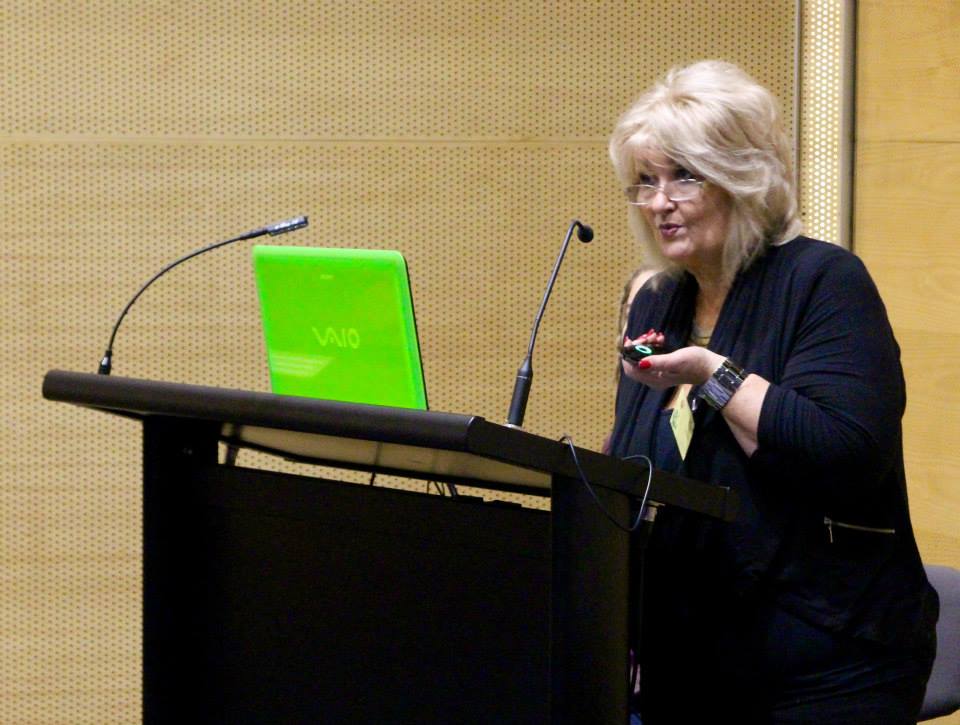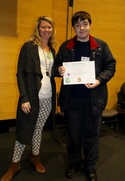Ben Long http://www.benlong.com.au/ shared his experiences in the physical printing and selling of two picture books. Some of us had high hopes given the title of the session that we would learn something about the online self-publishing of picture books. That was not to be. However there were still several worthwhile tips from Ben's session that are worth passing on to you.
Blank Dummy. When getting quotes from printers, you can ask them to give you a blank dummy of your book according to the quote specifications of paper size, finish, weight, binding and quality. That way you can inexpensively test the feel and appearance of the your of book and tweak the specifications if need be.
Payment plan for illustrator. This needs to be mutually agreed and included in the contract. One way is to pay a defined amount upfront according to a schedule of deliverables eg $3000, and then to pay a fixed amount per book eg $3 once a certain sales target has been reached eg 1000 copies. Another way is to pay a defined amount upfront according to a schedule of deliverables eg $3000, and then to share profits 50/50 once all the agreed expenses and upfront fee have been recouped. (Ed. How to account for the various contributions of illustrator and author in terms of time, talent, reputation, finance, marketing and risk underwriting may not be as clear cut as 50/50.)
Drawing up a contract. Things to consider: Are all the upfront expenses detailed, together with who is responsible for paying for them? Is it clear how the royalties/profits would be determined and distributed, and how often? Is it defined who has intellectual property rights over what? Are the expectations of the parties to the contract listed and quantified? Is there a detailed schedule for the payments to be made at each stage of the contact? Does the contract deal with who would be responsible or liable in the event of a lawsuit under various scenarios (eg for breach of copyright)?
School visit tips. Send book order forms to the classes you will be giving presentations to beforehand. On average you will get about 7 sales per 20 students per class. $15 is an important price point. Above that price point sales drop off sharply.
Distribution. Have you notified library vendors and suppliers about your book? They are likely to purchase your book in multiple copies. Details of Australian library vendors and suppliers are on this web-page: http://www.nla.gov.au/librariesaustralia/services/cataloguing/library-vendors/
If you would like a copy of the more detailed Conference Notes that are being sent out to CBHunCC members via email, send through your name and email address through the Contact page.



 RSS Feed
RSS Feed
